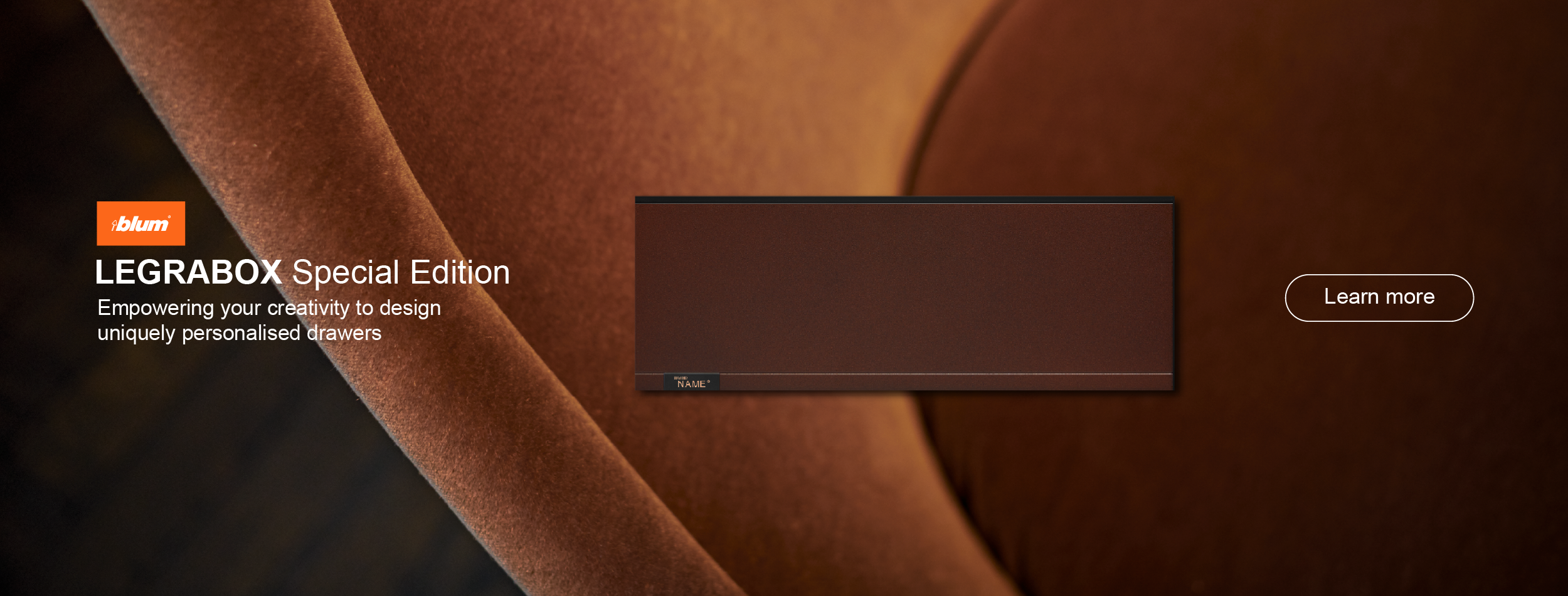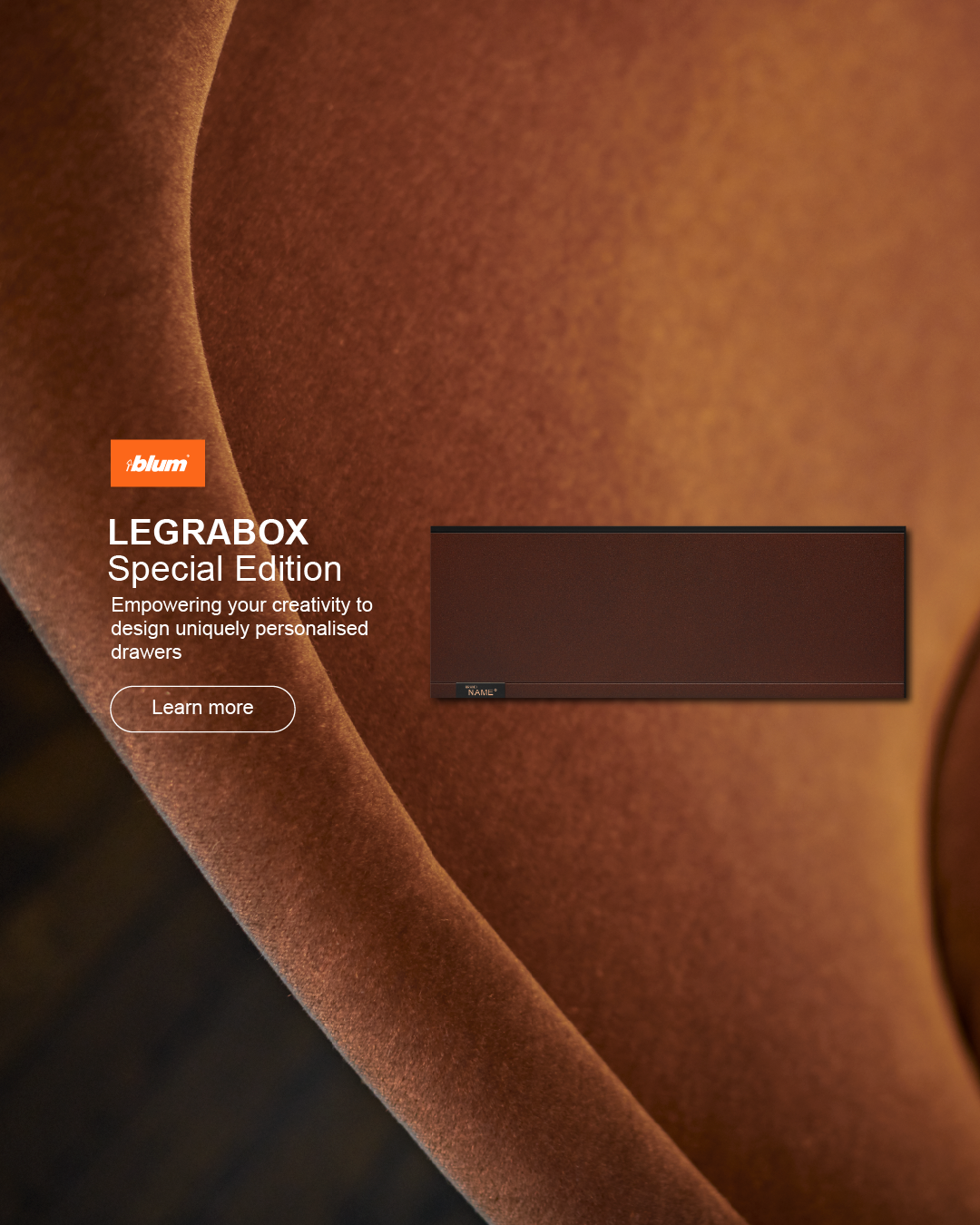
Little Crabtree by Craig McCarter
Little Crabtree is a home deeply immersed in its natural surroundings and possesses unquantifiable magic and charm. A self-build born from the passion of its owner, Craig McCarter, it sits nestled in the rolling hills and rivulet of Tasmania’s Crabtree.
For McCarter, a love of making small things has always been part of his being. He is continuously inspired by the environment and finds simple pleasure in the physical act of crafting with his hands, an interest that led to the design and construction of the cabin.
“Ultimately, the home came about from a desire to design and build little things, which is a bit of a joke among some of my friends,” says McCarter. “Everything is little: little cars, little houses, little projects, little trinkets. I have itchy hands and creative urges to design and build.” Having constructed the home while working and taking care of his young daughter, the project was a soul-filling endeavour. “It’s the process, not the result, that I’m after in a way.”
The meditative cabin and occasional Airbnb radiates that creative spirit. “I’ve seen a sketchbook on the table or knitting or that kind of stuff. I think people really go there just for a little escape,” says McCarter. Only half an hour away from Hobart, Little Crabtree sits in a tranquil sweet spot – far enough away from the city that there is a feeling of teleporting to a world away but close enough to attract regular visitors. Surrounded by the calm rhythm of nature, the cabin inspires a slow and intentional lifestyle. “The place reflects a simple and minimal way of life but with a little bit of luxury.”
Where it sits gently atop a grassy paddock, Little Crabtree’s size enables it to be unobtrusive amid the landscape. Once inside, you are treated with the opportunity to quietly observe the surrounds. “The way nature is right up close makes it quite intimate,” says McCarter. The small, low-impact nature of the structure allows a unique experience of native fauna and flora. Wallabies, possums and black cockatoos come quite close to the dwelling, and there’s the babbling of the nearby creek, swaying wattle and gumtrees in the breeze to also appreciate.
The cabin is exposed to the elements yet feels safe and warm once inside. It is placed in a valley before rolling hills, “like the dragon at its back”, says McCarter. The solid, strong frame keeps the house grounded. The low ceiling and dark tones emit a cocooning cave-like feel, with large windows providing welcome light and expansive views.
Just as natural forms weather, Little Crabtree is designed to mark and wear over time. Soft, rendered walls contrast with solid concrete, and mild steel shelving adds textural dimension. The lighting is moody and low, a choice encouraged by McCarter’s architect sister, which adds to the warm and inviting atmosphere. “It’s all very soft and gentle in there despite the concrete and steel.”
In its semi-rural setting, the cabin had to be robust enough to withstand the climate. “It’s practical in the sense that it had to satisfy bushfire attack levels for modern building standards and was also manageable to build single-handedly or at least with minimal help and without specialised tools or equipment,” says McCarter.
The colour palette creates an experience akin to being embraced, echoing the way in which the cabin is welcomed by its surrounds.
Featuring timber, concrete plasterboard, tile, plywood, mild steel and fixed glass, the material selection for Little Crabtree was also driven by sustainable principles. The concrete slab provides the form with thermal mass and allows the cabin to be close to the ground. Timber cladding, earth and render also lend a hand in the raw yet refined appearance of the cabin. “There’s no paint in it, it’s all just this render tinted with a black oxide.”
The effect afforded by this use of black oxide and other dark elements is a standout characteristic of the cabin. “It definitely makes the place intimate and makes the grass, moss and trees much more vibrant from the inside,” says McCarter. The colour palette creates an experience akin to being embraced, echoing the way in which the cabin is welcomed by its surrounds. The floor-to-ceiling glass windows on the northern side allow the natural environment to become part of the interior, and the changing pastures across seasons – from deep green to the colour of straw – are intrinsically tied to the inner experience of the dwelling.
“The place reflects a simple and minimal way of life but with a little bit of luxury.”
It is evident that Little Crabtree arose from a deep appreciation of craft and a love for the surrounds. “It’s so multidimensional,” says McCarter, “and I think the unorthodox way it came together really comes through.” A testament to McCarter’s ingenuity and craftsmanship, the cabin is a unique reflection of the emotion and dedication that brought it to fruition.
Build and design by Craig McCarter. Artwork by Dane Chisholm.





























